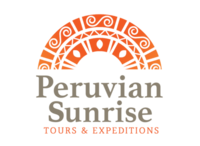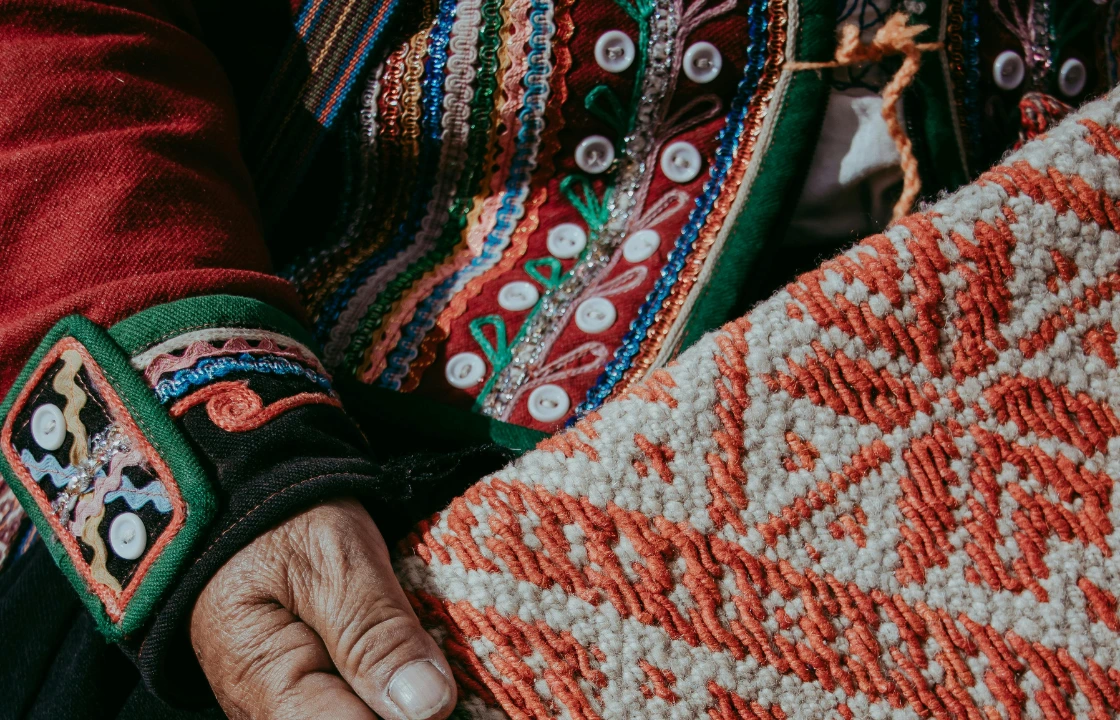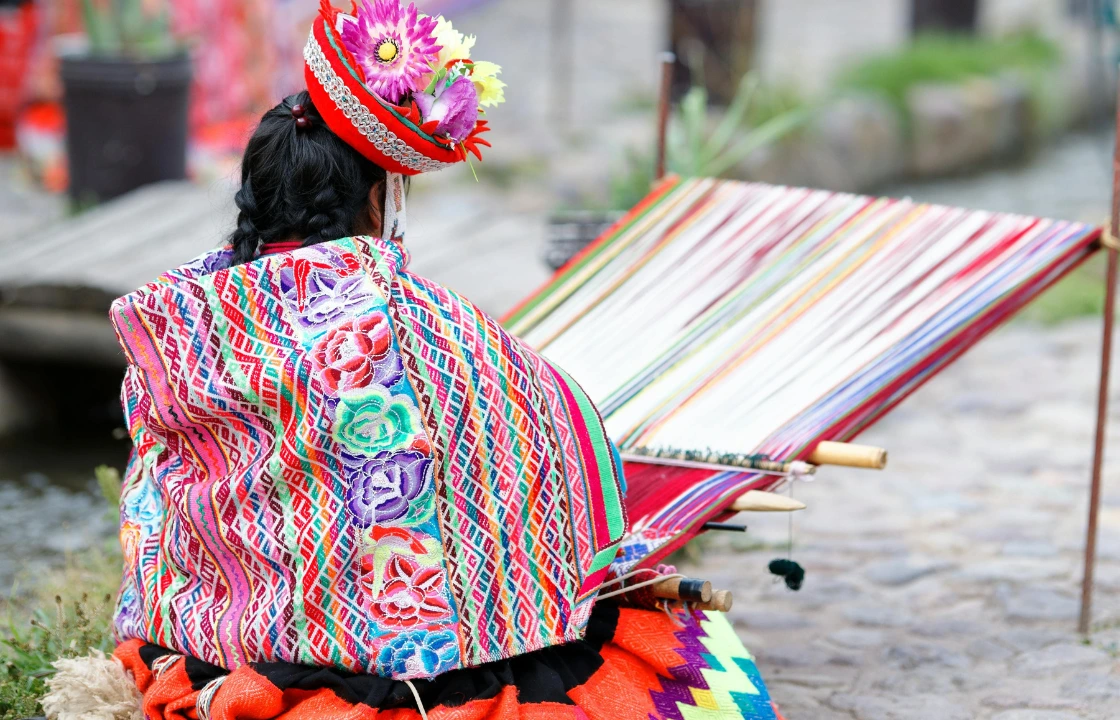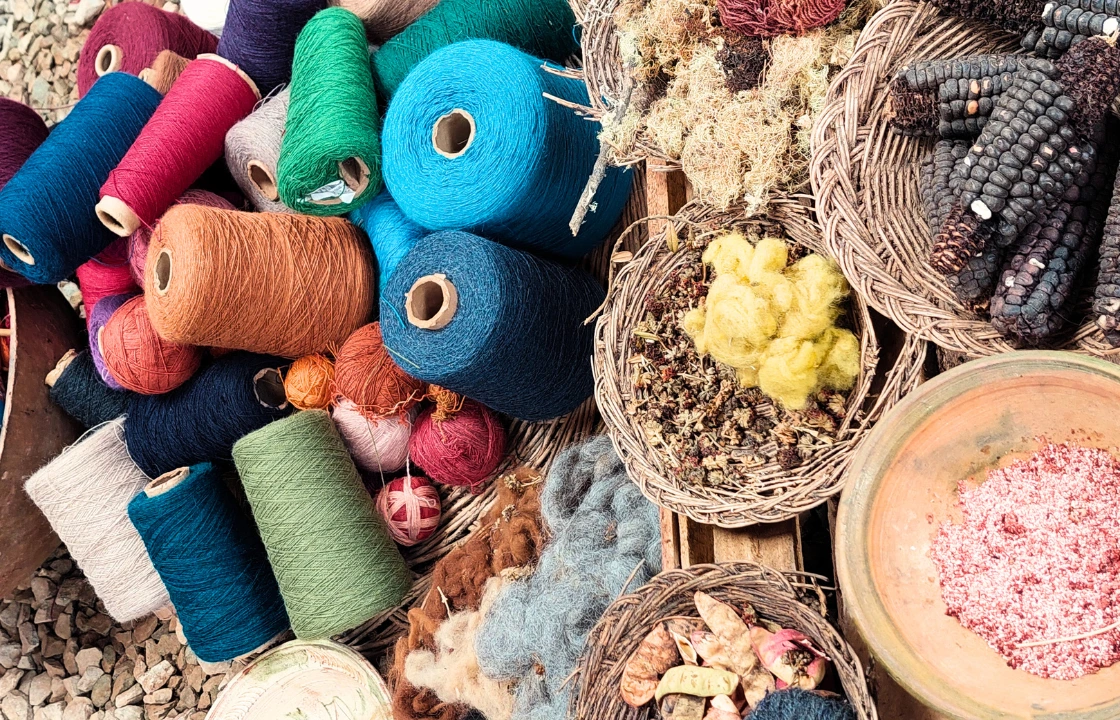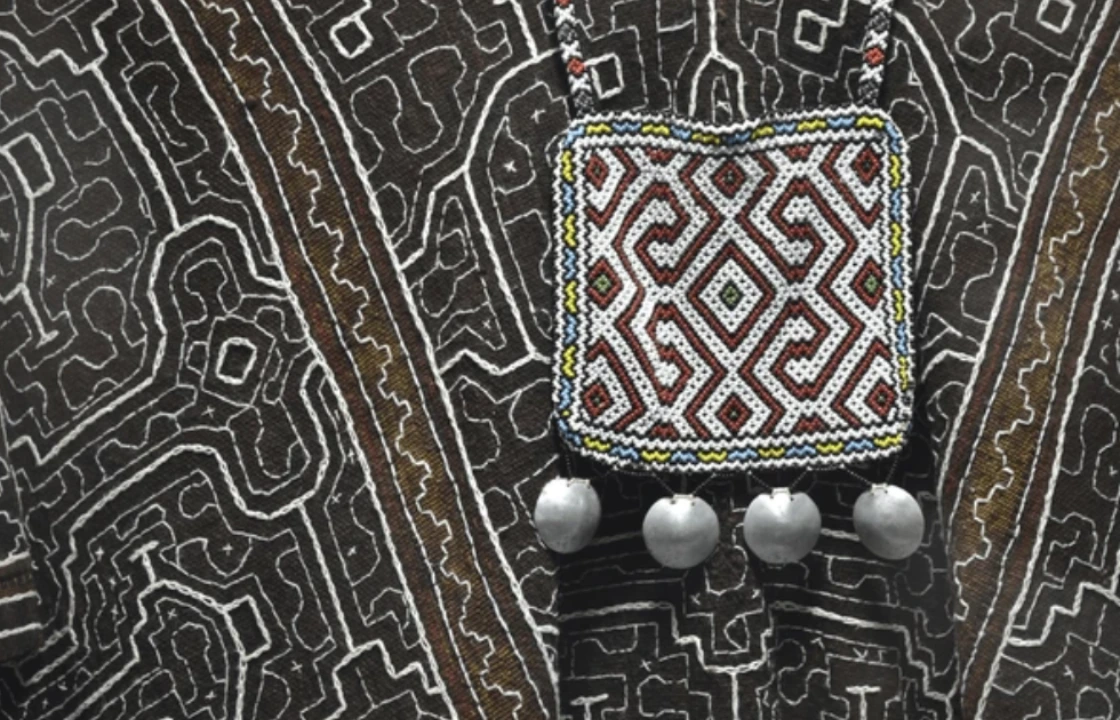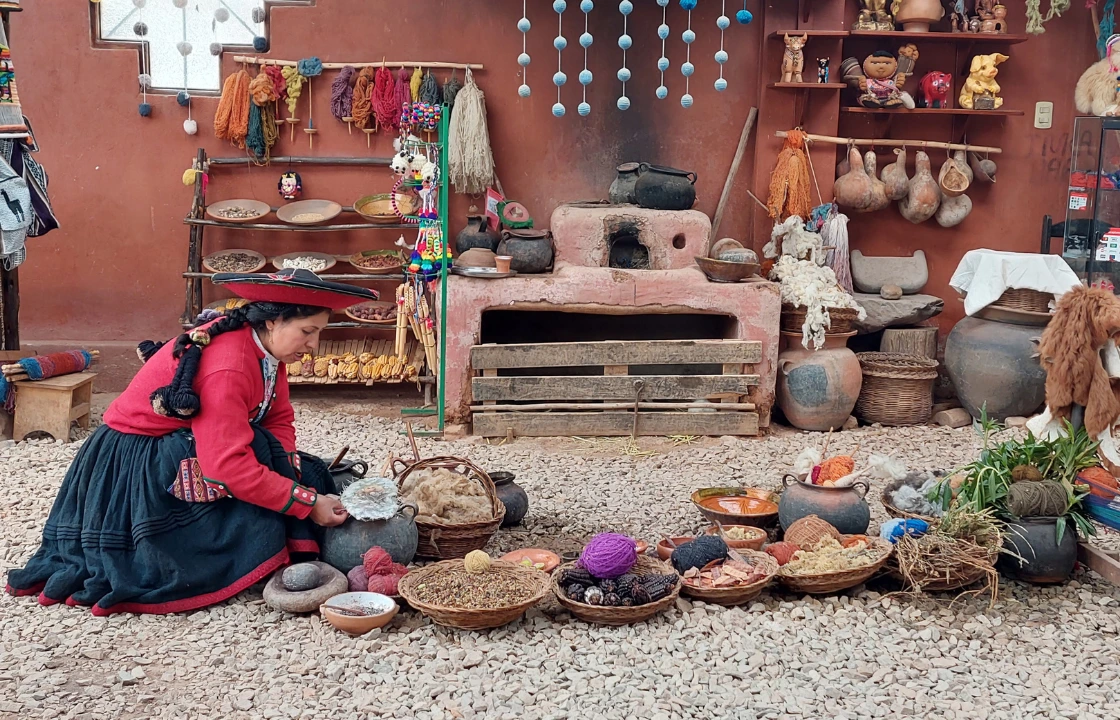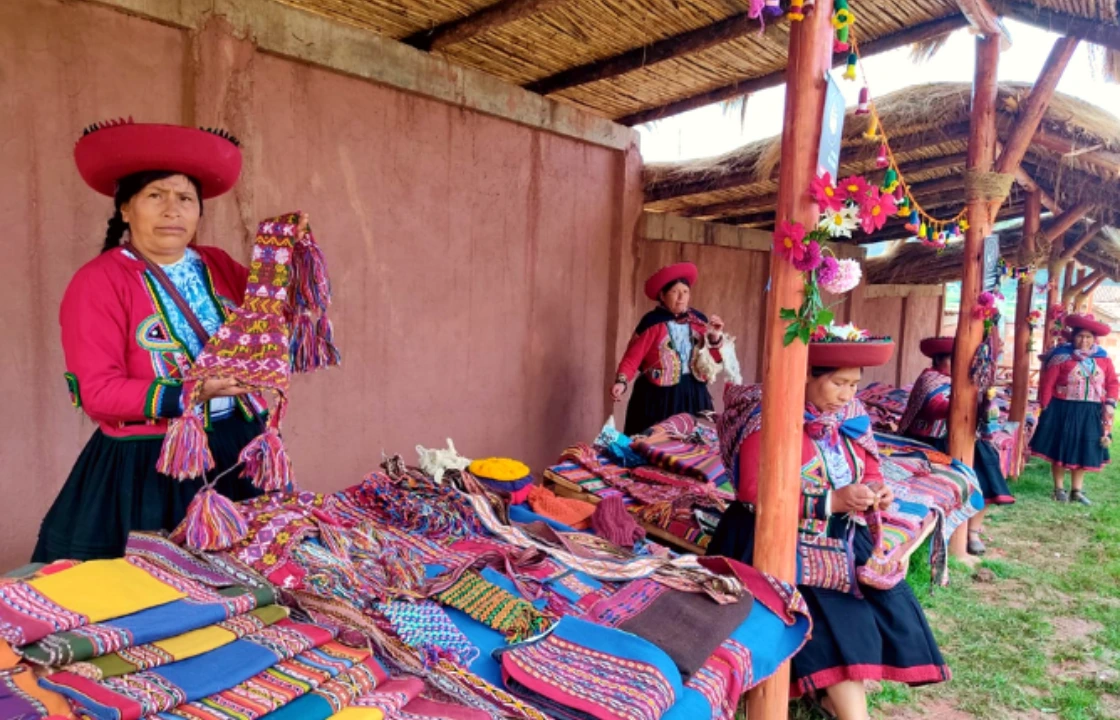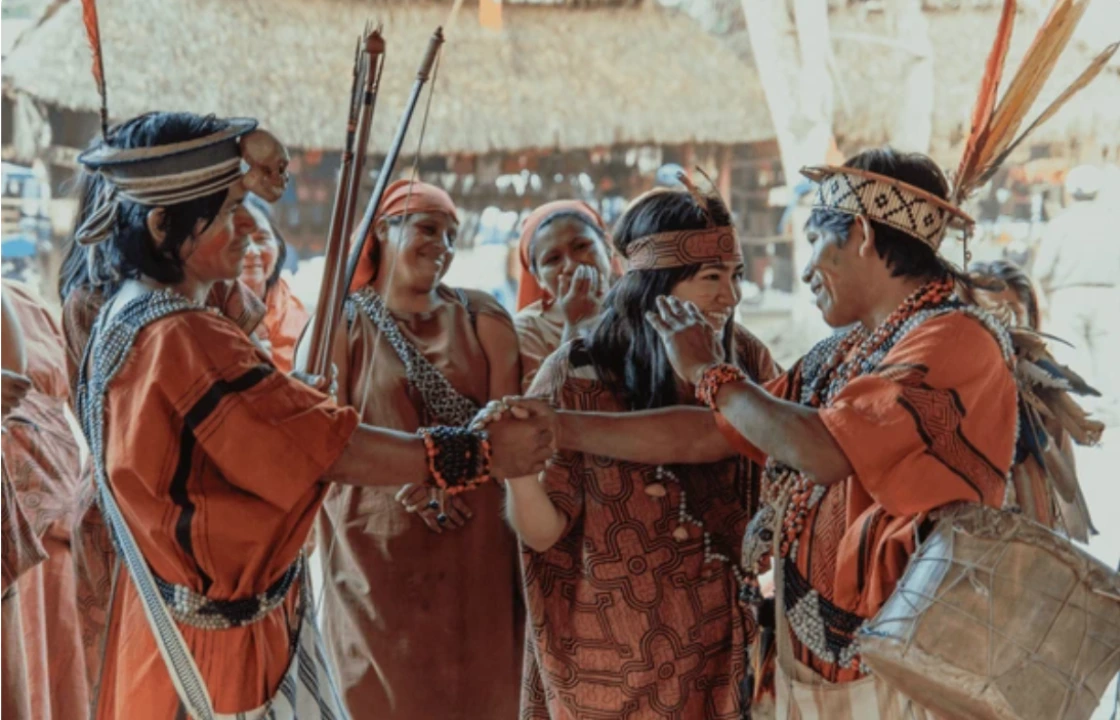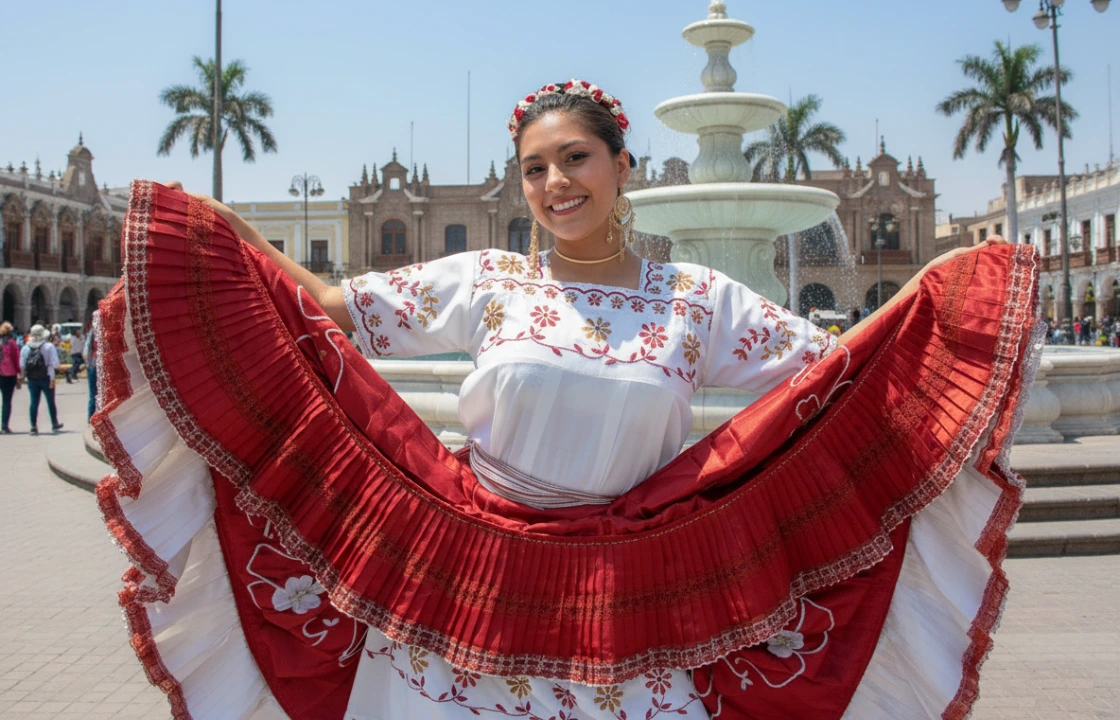Hello, dear reader! When people think of Peru, they often picture Machu Picchu, llamas, or the Amazon rainforest. But there’s something just as fascinating and deeply rooted in Peruvian culture: its traditional clothing and textiles. From colorful polleras (skirts) and handwoven ponchos to the iconic chullo (Andean wool hat with ear flaps), Peru’s fabrics are more than just clothing—they are living expressions of history, identity, and artistry.
Whether you’re planning your trip to Peru, searching for the highest quality textiles in the world, or simply curious about Peruvian patterns and fabrics, this guide will walk you through everything you need to know.
The Legacy of Traditional Peruvian Clothing
Peru’s clothing traditions go back thousands of years. The Inca textiles were considered more valuable than gold, symbolizing power and status. Today, you can still find echoes of that past in the Andean textiles woven by communities in places like Chinchero, Cusco, and the Sacred Valley.
Each garment tells a story:
- Polleras: brightly layered skirts worn during festivities.
- Ponchos: iconic Andean capes, each region has its own designs.
- Chullo: a woolen hat that protects against the cold Andes.
- Ojotas: traditional sandals made from recycled tires or leather.
- Llicllas: multipurpose cloths used for carrying children, goods, or as elegant accessories.
This is not just “typical Peruvian clothing”, it’s wearable history.
The Art of Peruvian Textiles
If there’s one thing Peru is world-famous for, it’s textiles. Some call them the finest Andean textiles, made with techniques passed down through generations.
Materials
The star of Peruvian fabric is alpaca wool—soft, warm, and considered one of the highest quality textiles in the world. Baby alpaca wool, in particular, is prized for its silky touch.
Natural Dyes
Artisans use plants, roots, flowers, and even insects (like cochineal) to achieve vibrant reds, blues, and yellows.
Patterns and Symbols
Each design has meaning—geometric Peruvian textile patterns often represent mountains, rivers, animals, or even cosmology.
Weaving
Traditional weaving is done on backstrap looms, and each weaver masters complex techniques that take years to perfect.
In communities like Urpis de Antaquillka, women preserve these traditions by hand-weaving textiles you can buy directly. Purchasing from them not only guarantees authenticity but also supports the livelihood of Andean communities.
Where can you Buy Traditional Peruvian Clothing?
If you’re traveling in Peru, you’ll find Peruvian clothing in local markets, artisan cooperatives, and high-end boutiques. Popular places include Cusco, Chinchero, Pisac, and Lima. Buying directly from communities ensures you’re getting authentic pieces and helps keep traditions alive.
And here’s a tip: When you travel with Peruvian Sunrise, you’ll have the chance to visit weaving villages and markets, meeting artisans firsthand and choosing your favorite textiles directly from the source.
Typical Peruvian Clothing across Regions
The Andes
Warm woolen fabrics, ponchos, and chullos.
The Amazon
Lightweight cottons, natural dyes, and body painting traditions.
The Coast
Simpler cotton garments, often influenced by colonial styles.
Each region of Peru reflects its climate and history in its clothing, making it an exciting journey of discovery for travelers.
Why Experience Peruvian Clothing With Peruvian Sunrise?
Textiles are not just souvenirs, they’re part of Peru’s soul. When you travel with Peruvian Sunrise, you don’t just see them in shops; you’ll step into weaving villages, meet artisans, and learn the stories behind every thread. You’ll get the chance to choose authentic pieces while directly supporting the communities that keep these traditions alive.
FAQs About Peruvian Clothing and Textiles
What is Peru’s traditional clothing called?
It depends on the region, but common garments include polleras, ponchos, chullos, and llicllas.
What is a Peruvian shawl called?
It’s called a lliclla—a woven cloth often used as a shawl or carrying cloth.
Are clothes made in Peru good quality?
Yes! Peru is globally known for alpaca wool and cotton, both highly prized for their durability, softness, and quality.
What are Peruvian hats called?
The most famous is the chullo, a wool hat with ear flaps used in the Andes.
What are Peruvian textiles called?
They’re often referred to as Andean textiles or simply Peruvian textiles, depending on the region.
How are Peruvian textiles made?
Through traditional weaving on backstrap looms, using natural dyes and hand-spun threads.
What is the most famous product in Peru?
Besides coffee and cacao, Peru’s most iconic product is alpaca wool.
Where is traditional Peruvian clothing worn?
Mainly in the Andes during festivals, daily life in rural communities, and cultural ceremonies.
